A preview of the 2018 commercial real estate market in Southern California – what to expect from interest rates, purchase demand, and more.
2017. Another year for the record books.
Rents and sales prices climbed throughout the year, driven by scant vacancy and low interest rate mortgages.
Strong demand from growing businesses continued to outpace the available supply of functional industrial space, which kept the playing field tipped in favor of landlords and sellers. Yet, tight market conditions caused further declines in lease and sale activity, which was down another 22% in 2017. Often, there is just no place to go, forcing many business owners to forego new acquisitions or renew existing leases.
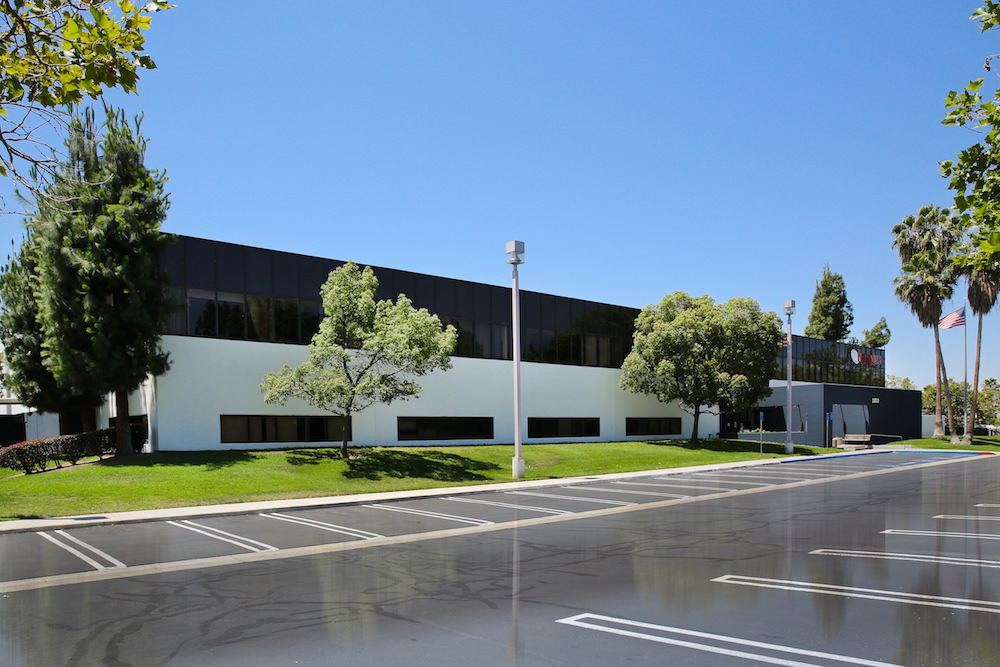
The average asking lease rate hit $.84 NNN by year end, up 12% year-over-year, but quality space in prime submarkets is even more expensive. Landlords are also in position to offer little in the way tenant improvements and rent abatement that would otherwise mitigate overall occupancy costs for tenants in a more balanced market. Clearly, it is still a good time to be the owner of functional industrial space anywhere in Orange County.
The average asking sales price for industrial space also grew by 12% in 2017, finishing the year at a record-high $265 per square foot. That marks the 4th straight year of double-digit price appreciation. Mortgage rates on 25-year loans are still under 5%, despite multiple short term rate hikes by the US Federal Reserve Bank. That kept owner/user demand running well ahead of supply all year, as would-be sellers remained averse to the huge tax hit that would accompany the decision to sell.
A Look Ahead
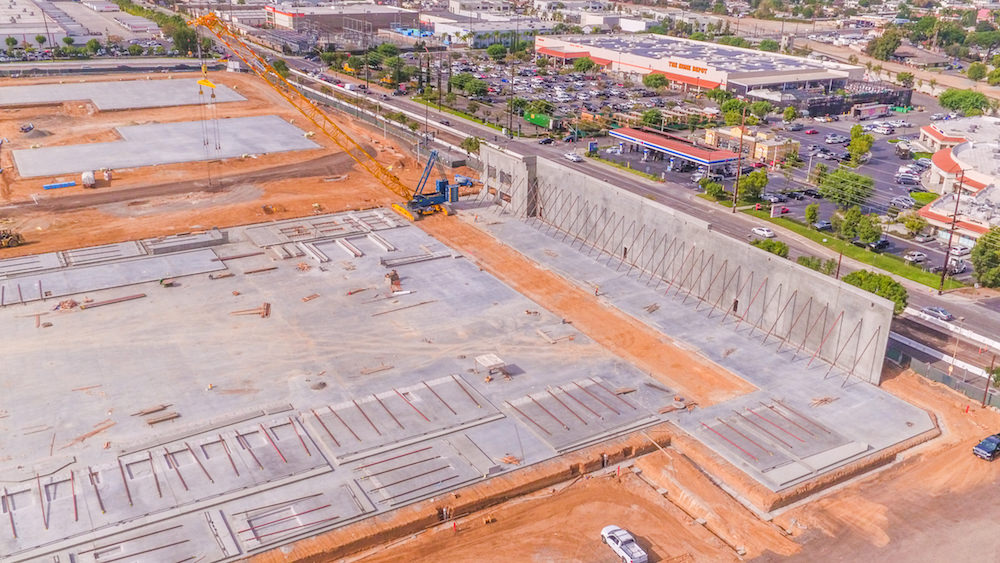
Absent a “black swan” event, market dynamics are not expected to change much in 2018.
The availability of industrial product is so thin that demand could fall by half and still be running well ahead of supply. Land is scarce and expensive, which will keep the addition of new inventory running at a trickle.
Currently, only one major project, the Beckman Business Center, is under construction countywide. The 8-building project in Fullerton offers state-of-the-art buildings for sale or lease ranging in size from 41,000 sqft to over 300,000 sqft, but provides no relief for the vast majority of Orange County businesses that occupy less space. We expect overall vacancy to remain near its currently level of 2.3% throughout the year, but some submarkets and size ranges will move even lower.
Overall economic conditions have been good and may be getting better soon.
US GDP growth is back on the rise, registering annualized gains of over 3% in the final half of the year, in part due to anticipation of tax reform legislation, which became reality in December. The new legislation offers much lower tax rates for C-corporations and pass-through entities, as well as generous new expensing and depreciation rules that are designed to encourage capital investment and new job creation.
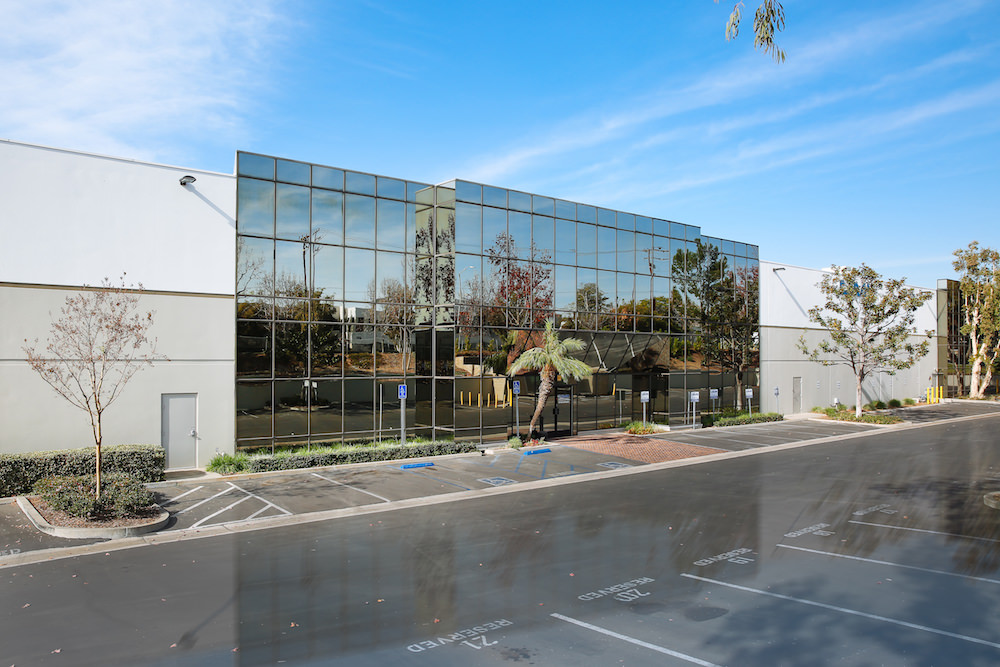
How it all plays out, no one can know at this point, but one thing is for sure: corporate executives and private business owners will keep more of their hard-earned income in 2018. That points to more demand for industrial property that will drive lease rates and sales prices even higher throughout the year.
While we remain generally optimistic regarding the health of the industrial market this year, we are not without our concerns. The economic recovery is in its ninth year and by historical standards that counts as ‘long in the tooth’. Already, this up cycle is the third longest in history and will move to #1 if we avoid a recession until mid-2019.
Sounds pretty good, right? Sure it does. We all would like to believe things will keep going well.

Owners who have properties on the market for sale or lease would sure like to see the good times keep rolling. Tenants and buyers aren’t looking forward to recession either, but that’s what it will probably take to soften up the industrial market. Things are just so tight, even a moderate drop in demand will, in itself, not be enough to move the needle significantly.
So, absent the unknowable ‘black swan’ event like a war or terrorist attack on US soil, what could change the current momentum? We think the most obvious answer is interest rates.
The Fed is expected to raise its benchmark Fed Funds Rate three more times this year and the unwinding of the $4+ Trillion balance sheet is ongoing to the tune of $30 Billion per month. That combination is already putting upward pressure on the 10-Year US Treasury yield, which happens to be the benchmark rate used for setting long term commercial property mortgages.
Add the fact that the US Treasury Department will be issuing even more new debt this year to cover a rising budget deficit, and you may just have critical mass for a surge in long term mortgage rates.
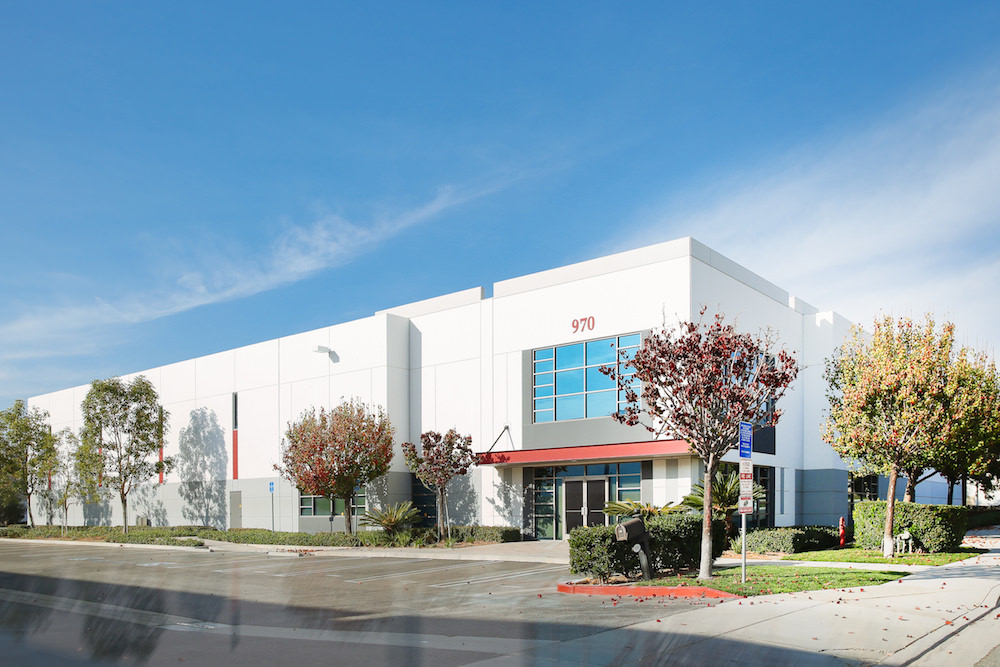
As we have made clear on many occasions, low mortgage rates are largely responsible for the steep rise in sales prices that are now well beyond the previous market peak. Higher rates won’t necessarily send the market into the next correction, but it could. At minimum, it will get buyers thinking longer and harder about committing at current pricing levels.
That said, a slowdown in purchase demand won’t necessarily reduce demand for space. With an otherwise healthy economy, boosted by the recent changes to the tax code, businesses are likely to remain in growth mode and focus more on leasing to meet their space needs.
In a market that has just 2% vacancy, a new spike in leasing demand would probably accelerate rental rate growth and put tenants in an even bigger bind than they are now. Eventually, that will narrow the gap between rent growth and sales price growth, which until this year had sales prices, on a percentage basis, rising faster than lease rates. That would, in turn, make purchases more attractive again, provided that mortgage rates haven’t move substantially higher by then.
On average, the rate for a 25 year mortgage on an industrial building runs about 250 to 300 basis points over the yield on the 10 Year US Treasury.

The two don’t move in lock step, but the correlation is there. The commercial banks can make the business decision to lower or raise that spread as they see fit, but the SBA sets its mortgage rates using a fixed spread over a 30-day average yield on the 10-Year Treasury.
Since the SBA raises its capital through public bond issues, the yield it offers to bondholders must be competitive.
So, keep an eye on the 10-Year Treasury yield. It may just be the most important predictor of market direction there is. Capital is the fuel of economic growth and the cost of that capital determines how much we can afford to put in the tank.

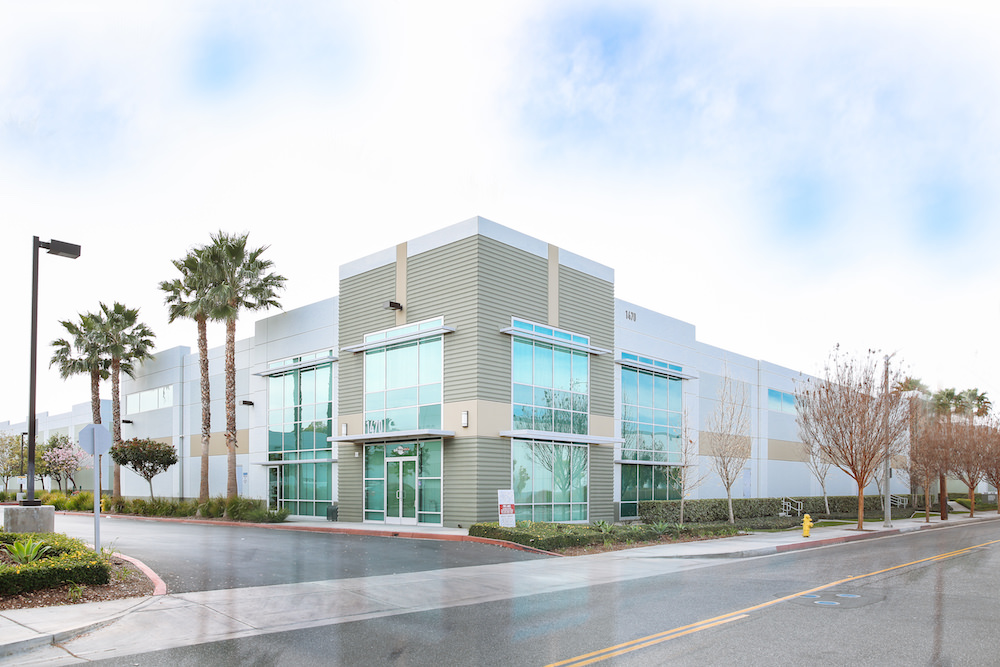
Leave a Reply
You must be logged in to post a comment.